-

The glossy leafed Eupomatia laurina
This ancient flowering plant has a fossil record of 120 million years, it’s primitive flowers are a legacy from Gondwana. Isn’t that mind blowing!? The perfumed, glossy green tree with edible fruits is the perfect addition to a bush food garden. My Mum’s Eupomatia laurina is flowering and this is the first time we have…
-
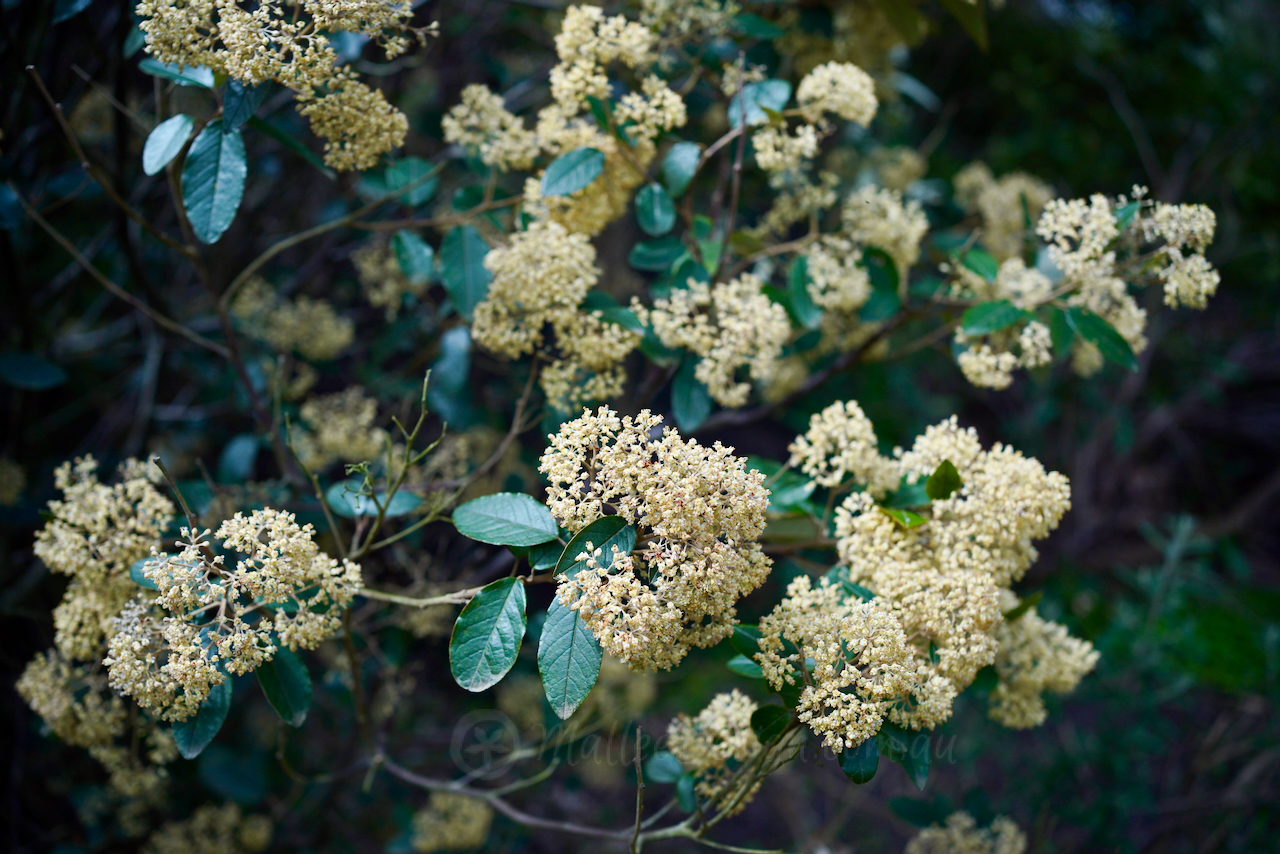
Pomaderris Elliptica: feature screening
After much sleuthing and a little bit of travel I have finally figured out which Pomaderris I saw flowering its head off in Cranbourne Botanical gardens last year. It only took a quick dash around Hobart Botanical Gardens, a few weeks ago, where I spotted it with a label! I am also guilty of planting…
-
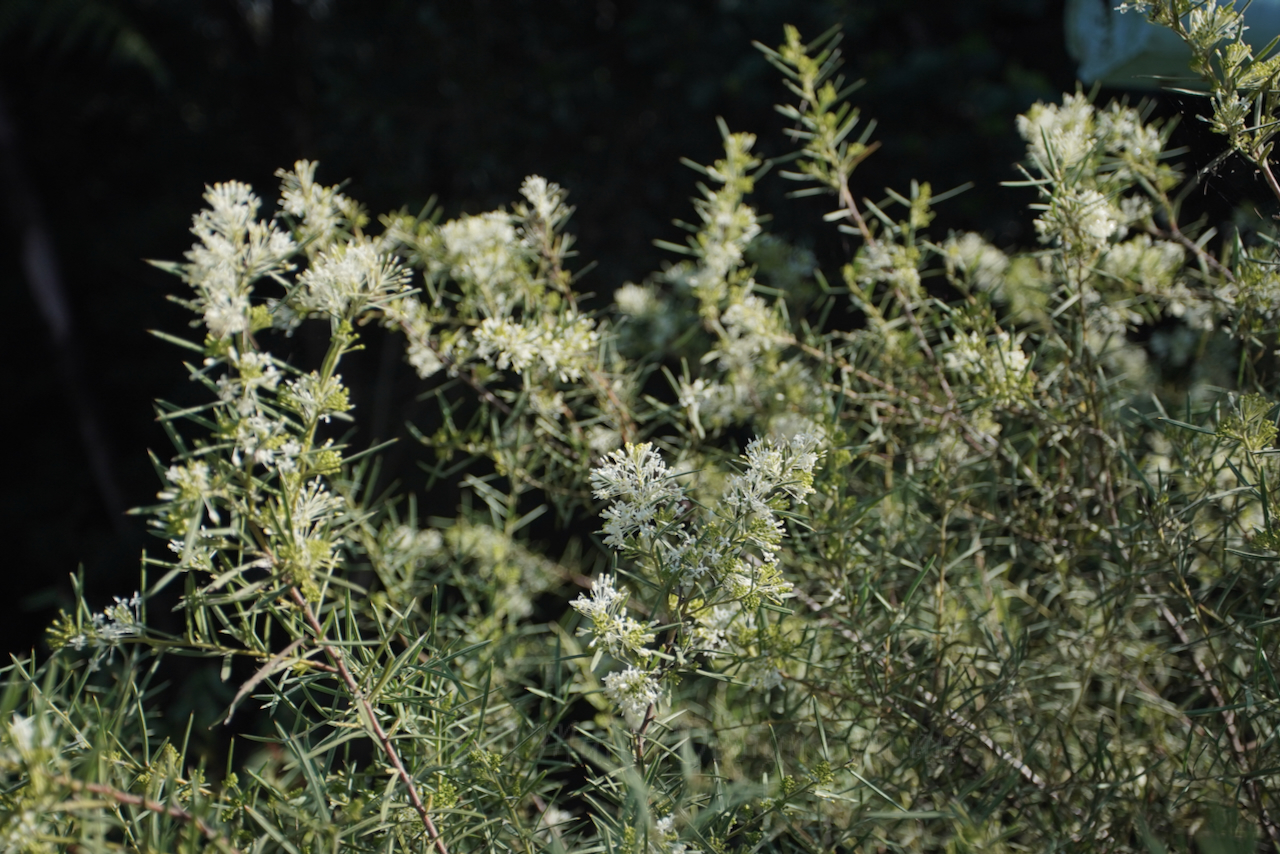
Grevillea anethifolia: Prefectly Prickly
This Grevillea is commonly known as the ‘Spiny Cream Spider Flower’ and is very aptly named. The leaves have needle like points and the whole plant makes a wonderful dense prickly shelter for small birds. These photos were taken in the Illawarra Grevillea Park, I also have a grafted Grevillea anethifolia growing happily in my…
-
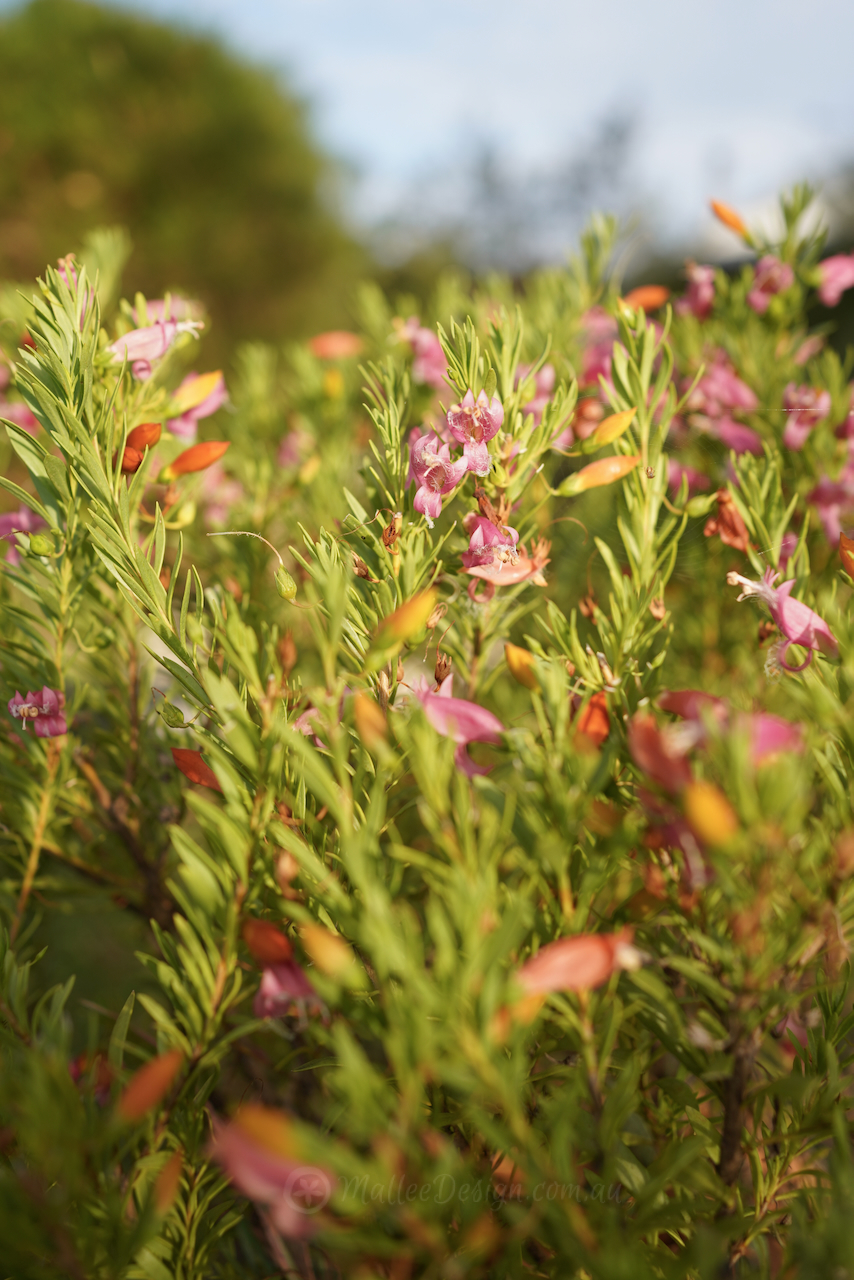
So much Joy: Eremophila racemosa x maculata ‘Fairy Floss’
This Emu bush is always a great performer in a difficult postion, providing so my joy with its multicolured buds and blooms. I have been growing Eremophila ‘Fairy Floss’ for a number of years now and have found it to be particularly tough and hardy. What I didn’t realise was that it is a cross…
-
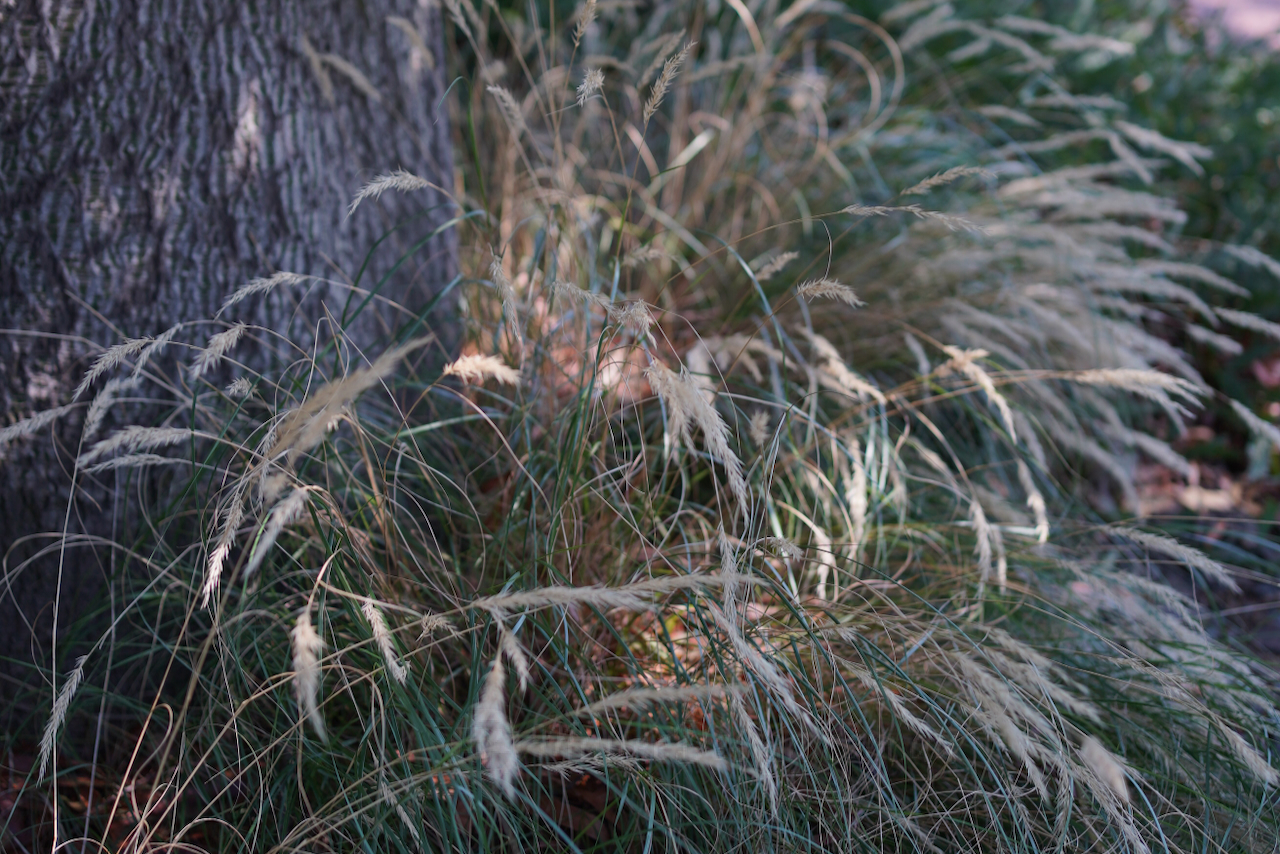
The little brother:Rytidosperma racemosum
I don’t know why but I have always thought of Wallaby Grass as the little brother to Kangaroo Grass. I adore native grasses, they are such an important part of a native planting palette, providing texture and movement and they also play a crucial role as a food source for wildlife. This sweet little native…
-
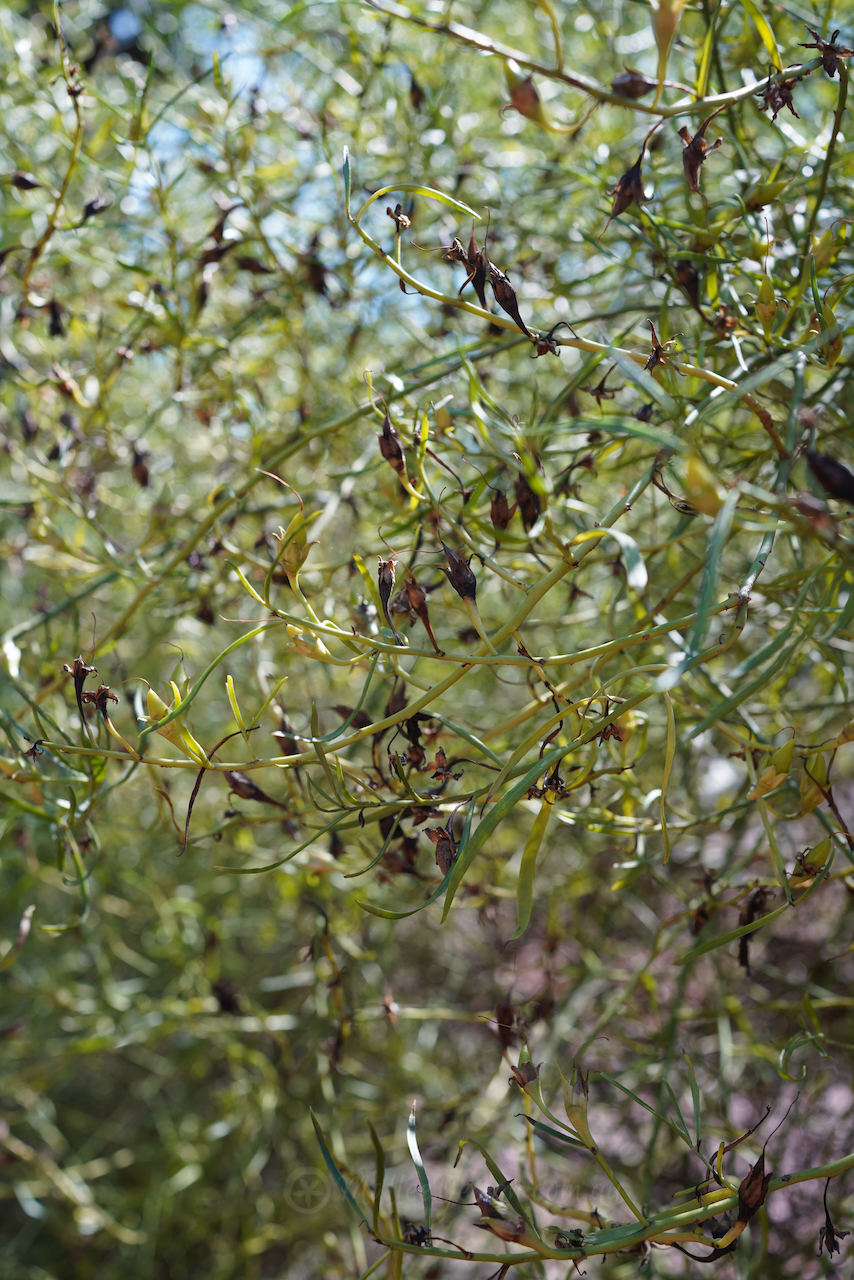
The multifaceted Eremophila Polyclada
This is Twiggy Emu Bush, lives up to its name, this facinating emu bush seems to be showy no matter what stage of flowering it is at. The spent flowers leave behind these showy yellow fruits , and sometimes also left behind is the black remains of the petals, this creates a mix of white,…
-
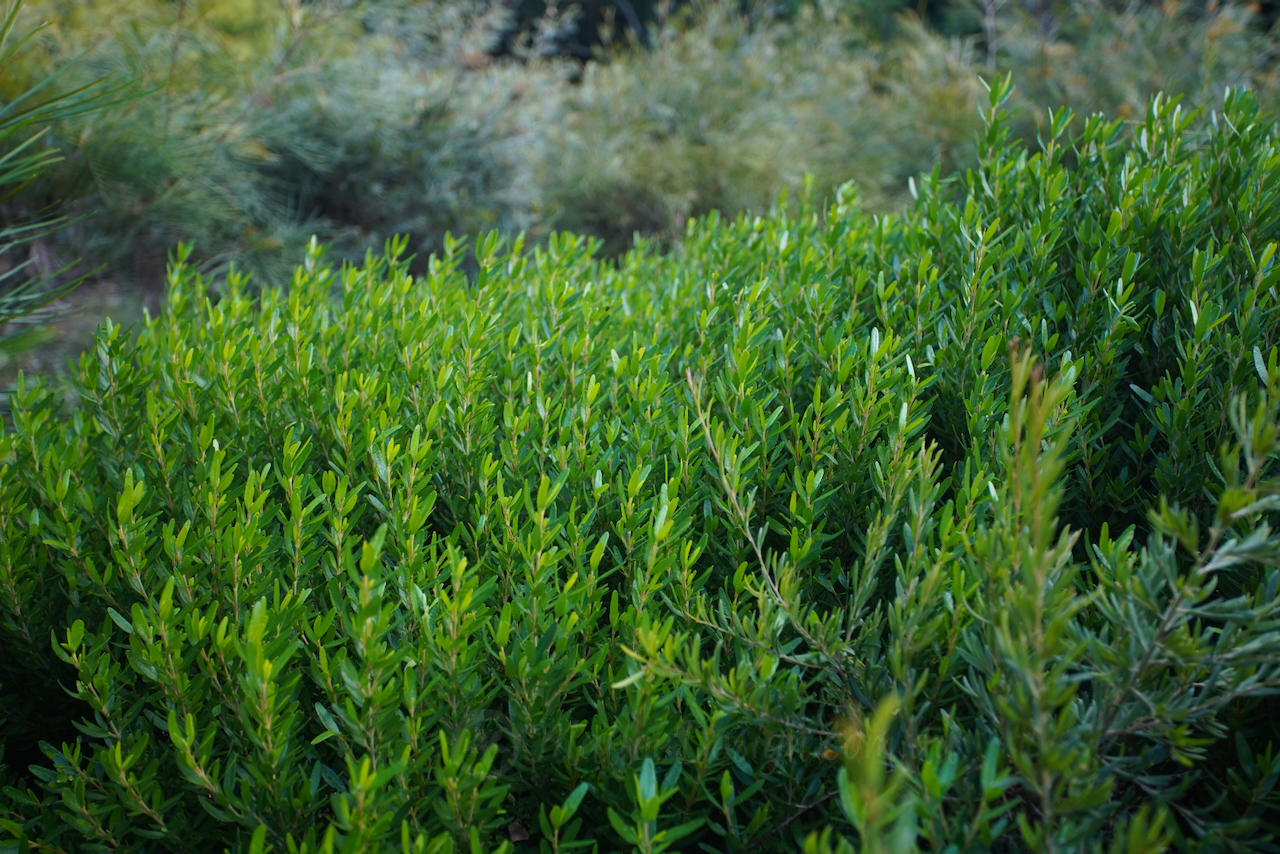
however you like it: correa glabra
This small to medium shrub is commonly known as Rock Correa, due to its ability to grow in gravelly soils, making it super tough. I absolutly love Correas but find it quite difficult to grow them in my location. Correa glabra is easily the toughest one I use in coastal NSW gardens. In fact the…
-
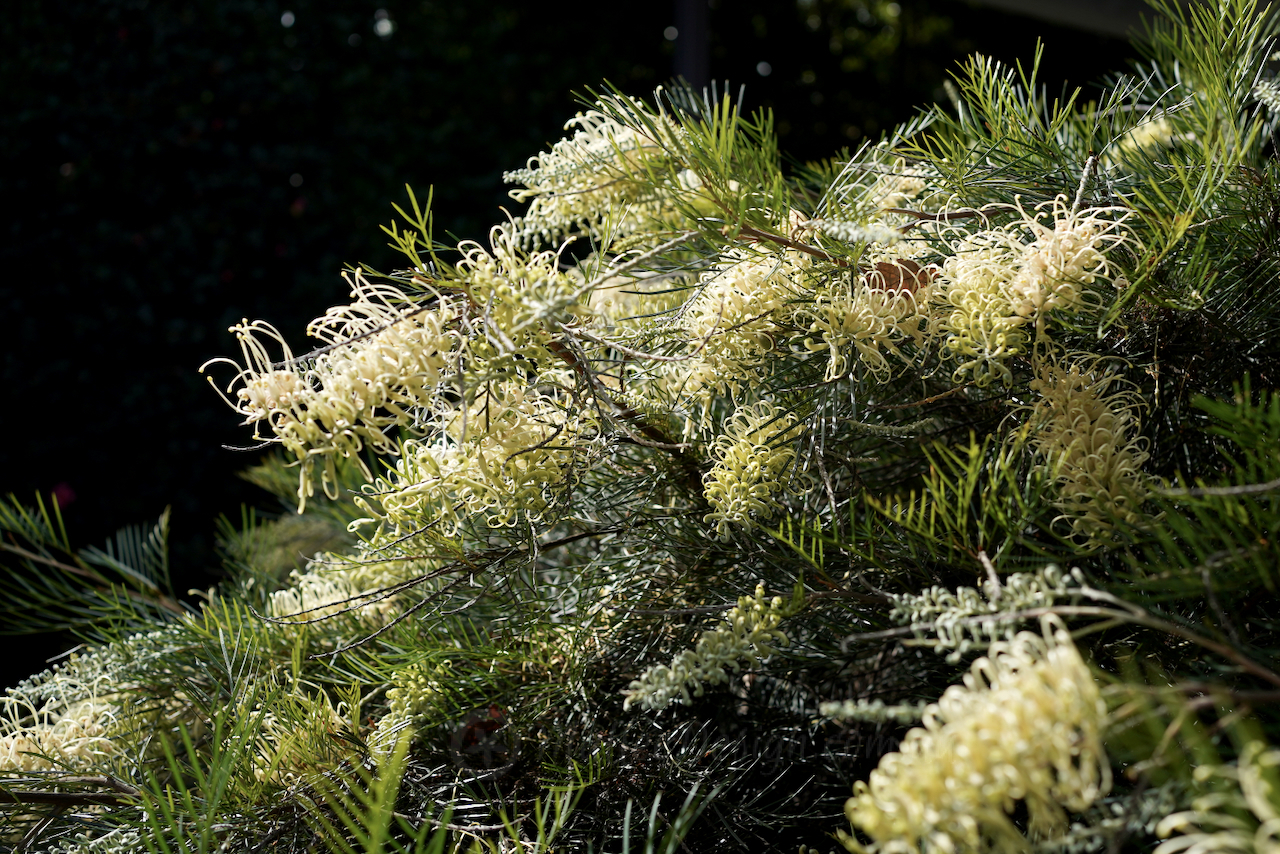
The purity of Grevillea ‘Ivory Whip’
I am quite selective and fussy when it comes to large flowering spike Grevilleas, some of them I find incredibly garish and I dislike the way they attract the aggressive nectar feeding birds. For some reason this medium sized Grafted Grevillea remains an exception for me. The flowers of Grevillea ‘Ivory Whip’ are not in…
-

Hakea ‘Pinball’ for all
This is a grafted form of the very showy Pin Cushion Hakea, Hakea laurina, which hails from south-western WA. This is a wonderful grafted species which means we can now grow these very iconic flowers in areas with higher humidity and a heavier soil, it is actually also a cultivar: Hakea laurina x petiolaris. I…
-
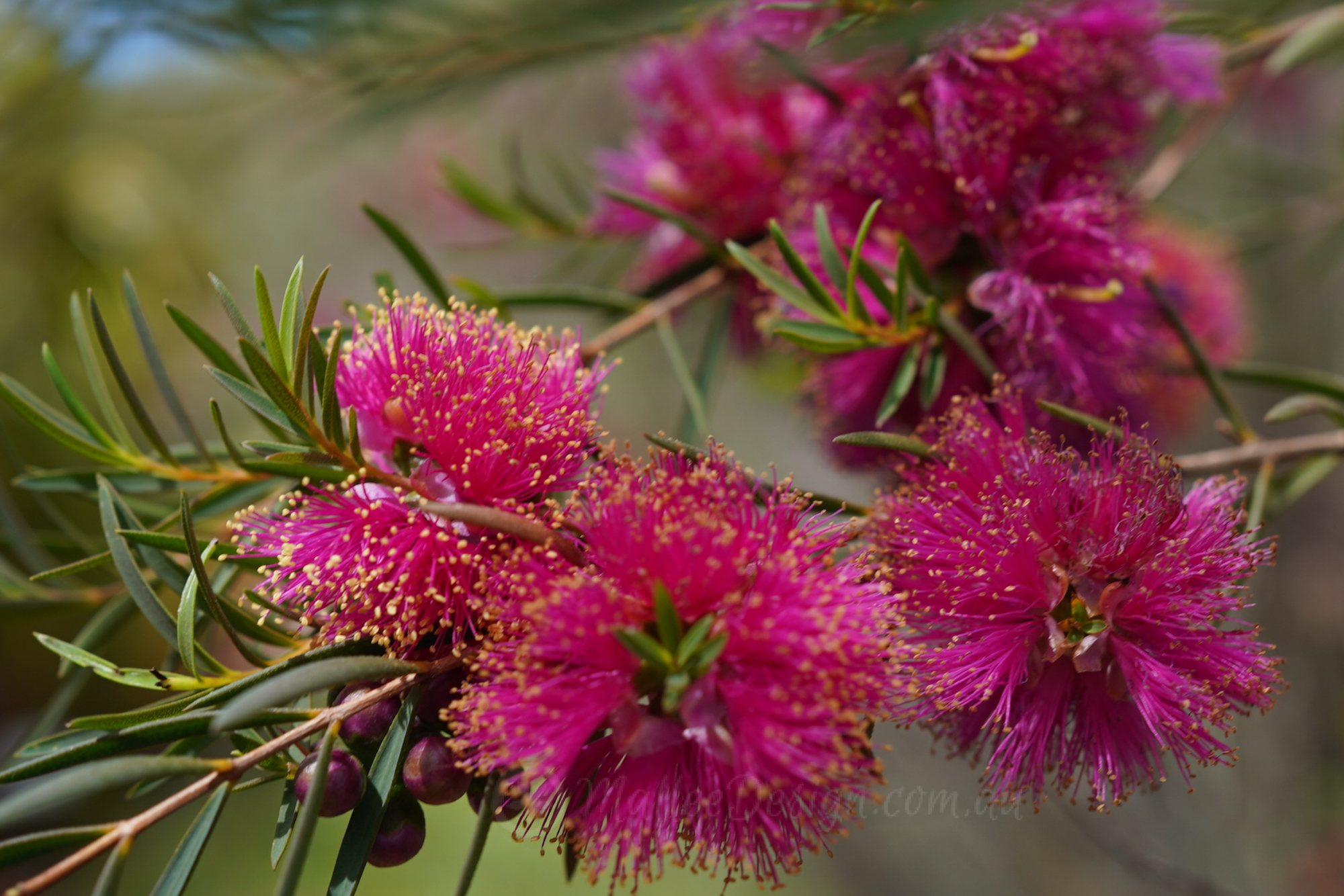
Distinct hot pink: Melaleuca fulgens
Melaleuca fulgens hails from the West of Australia, no surprise there, however it can be found growing in the southern and eastern states quite happily. This species has a long flowering period from Winter through to Summer and as the blooms are such a bright highlight it is hard to miss. This is the pink…
-
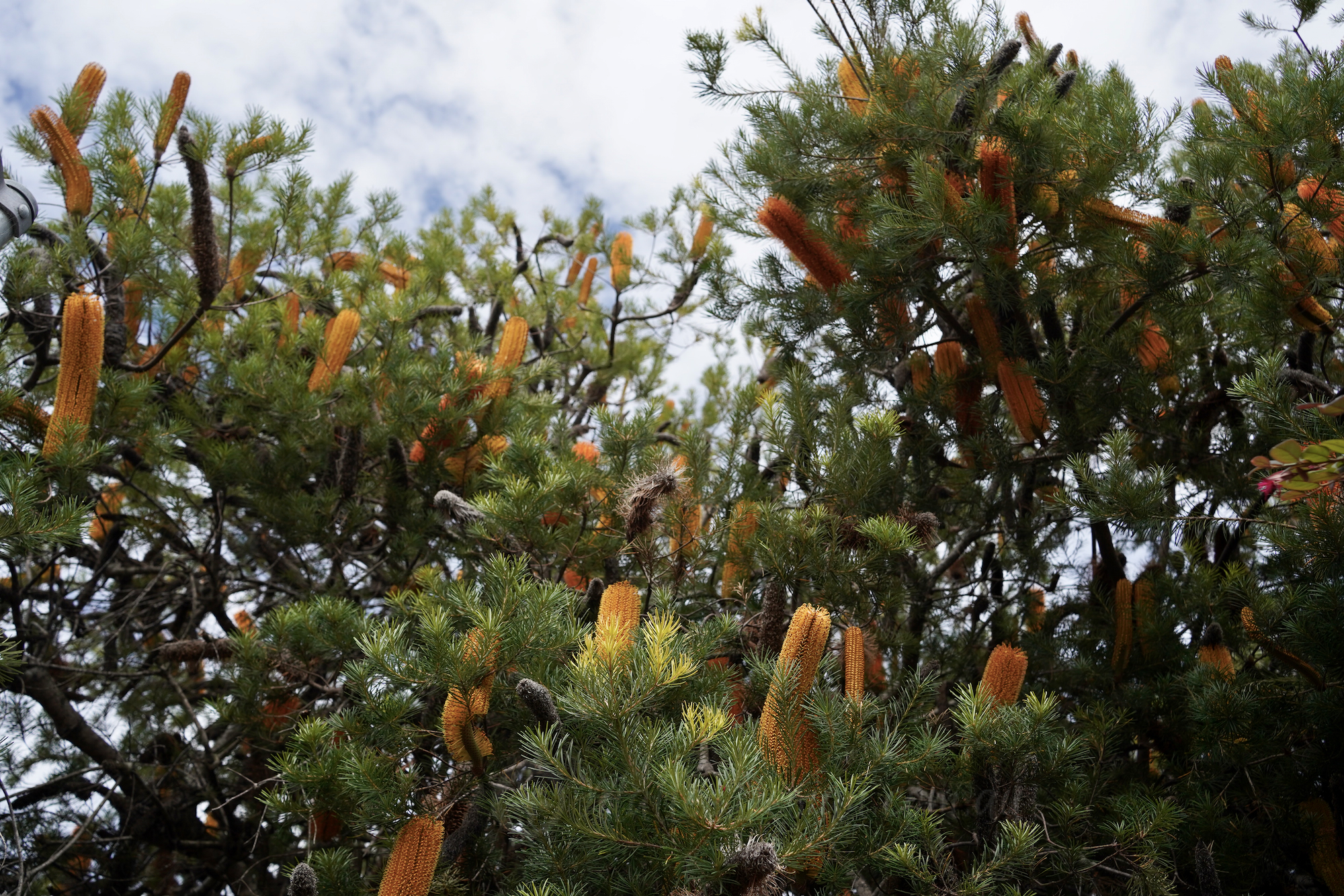
The show stopping: Banksia ‘Giant Candles’
This superb specimen of Banksia ‘Giant Candles’ forced me to drive around the block a couple of times before I could find a park and give it the photo shoot it deserves. This extra large shrub or, as I prefer to call it, small tree is a cross between Banksia ericifolia and Banksia spinulosa. Somehow…
-
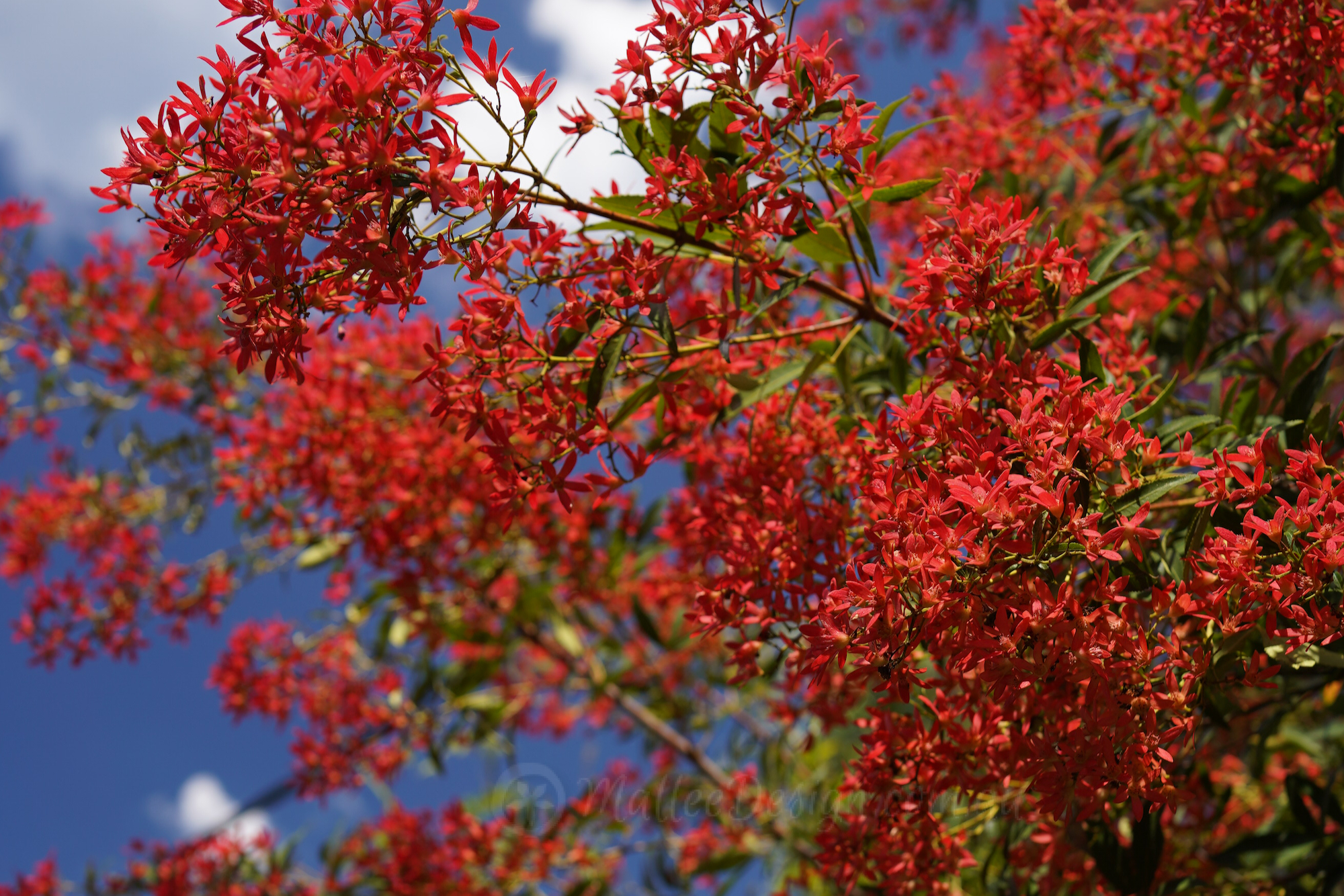
Merry NSW Christmas Bush: Ceratopetalum gummiferum
I am a bit of a Grinch when it comes to Christmas and often one of the things which pulls me our of my un-festive slump is our Ceratopetalum gummiferum or native Christmas Bush. This year I was a little late, as many have finished thier show by the time Christmas actually arrives. However, I…
-
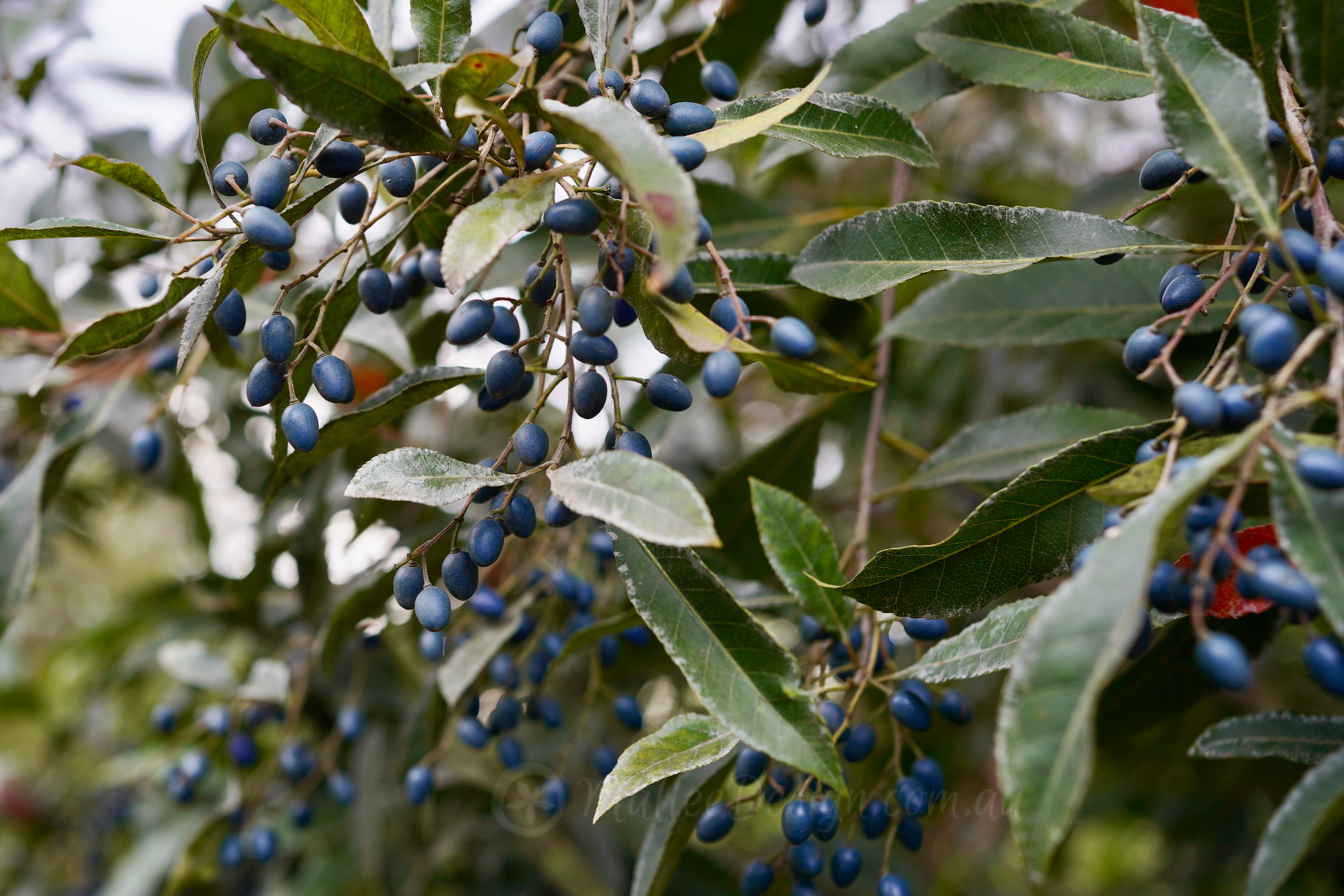
White or Pink? How do you like your Blueberry Ash? or covered in blue berries
Elaeocarpus reticulatus is one of the Spring flowering native tree species which really knocks itself out during its flowering season. It consistently covers itself in the little white fairy skirt like flowers to the point that it gives the whole tree a light hue. The other time of year this species looks incredible is when…
-
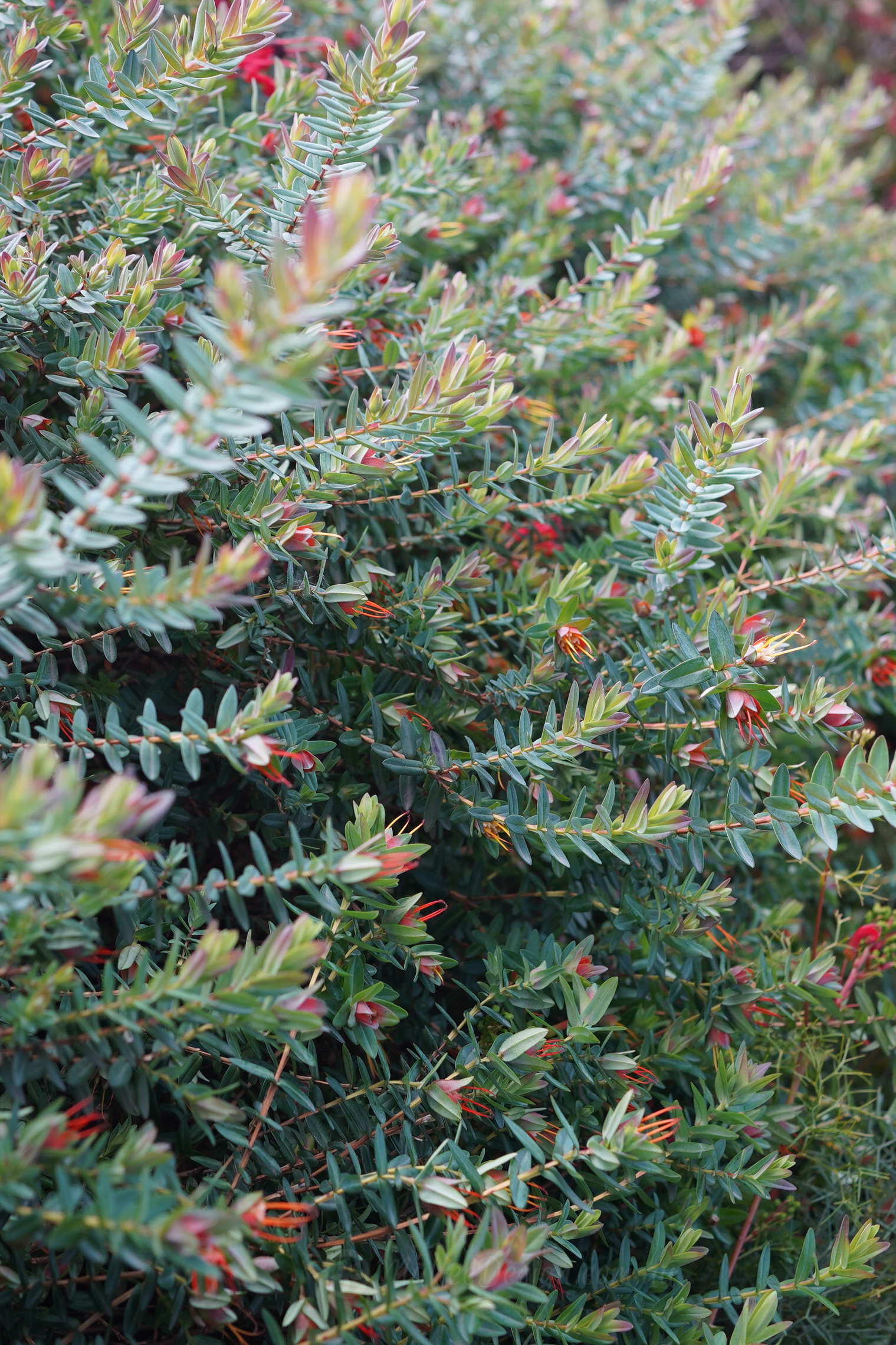
Darwinia citriodora another WA toughie
To be honest I didn’t realise this lovely medium shrub hailed from the West, silly me. I think I assumed Darwinias were local to coastal NSW due to the prominence of taxifolia and fascicularis when I go bushwalking close to home. They are a stunning Genus, all have intresting leaf structure and get covered in…
-

The oh so fun Leptospermum ‘outrageous’
Leptospermum ‘Outrageous’ puts on a show of brilliant pink-red flowers in Spring, and it absolutely covers itself as the weeks go on. This medium shrub has delicate weeping branches and it can be pruned into a low hedge or border plant. It is also showy enough to be a great feature shrub even when not…
-
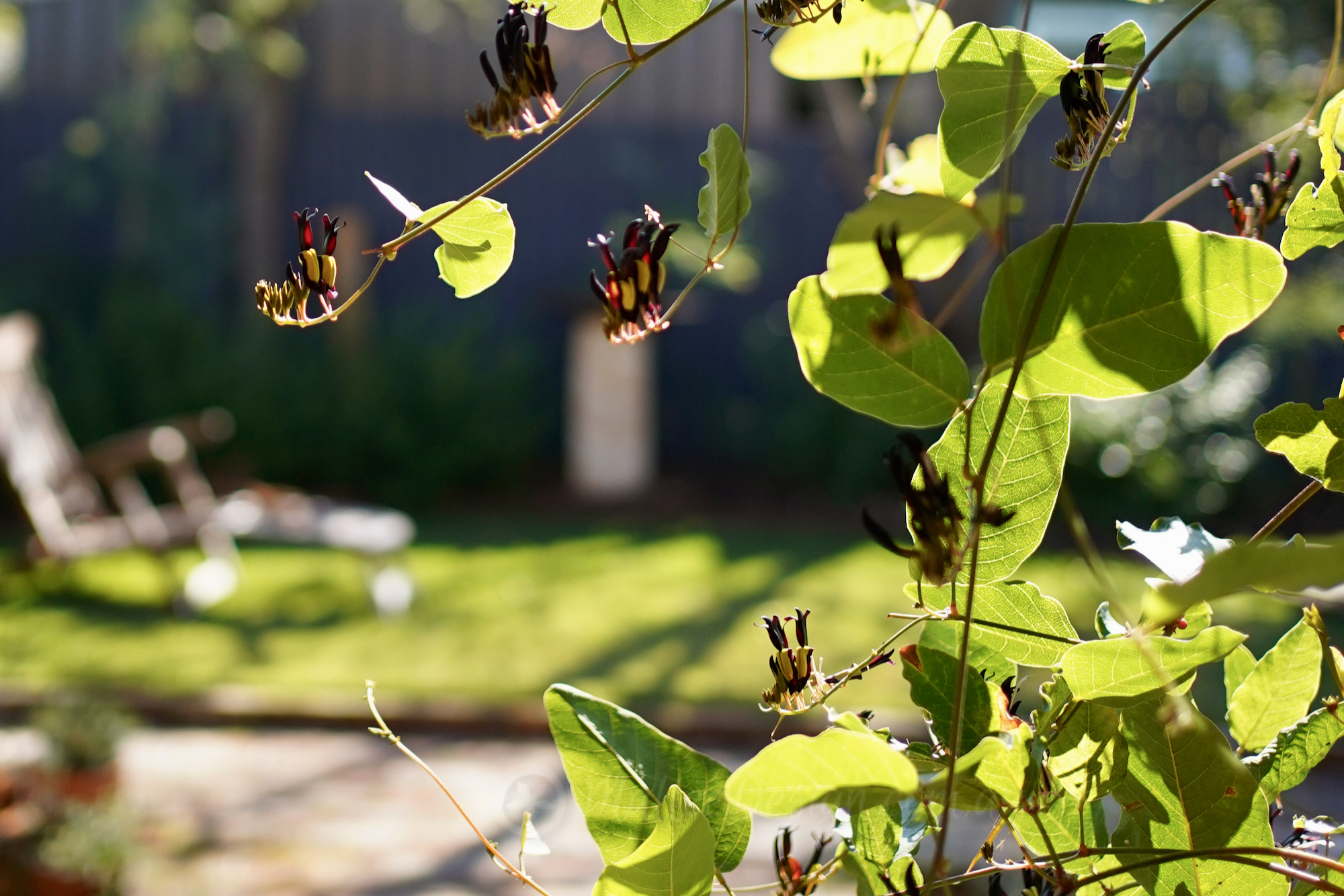
Eye catching Kennedia nigricans
Kennedia nigricans is an unusual climber which tends to draw in everyones attention. I use this Western Australian species whenever I need a quick growing cover to screen, suppress weeds or create shade. The large bright green leaves are broad for a Kennedia and the pea flowers hide a little amongst the foliage, but once…
-

Powerful medicinal tree: Pittosporum angustifolium
This is a small native Medicine plant affectionately known as Gumbi Gumbi, it actually has many names as it has many uses. It is also known as Western Pittosporum, Berrigan, Bitter Bush, Cattle Bush, Cheesewood, Butter Bush, Native Willow or Native Apricot. The properties of Gumbi Gumbi are quite potent and only those familiar with…
-
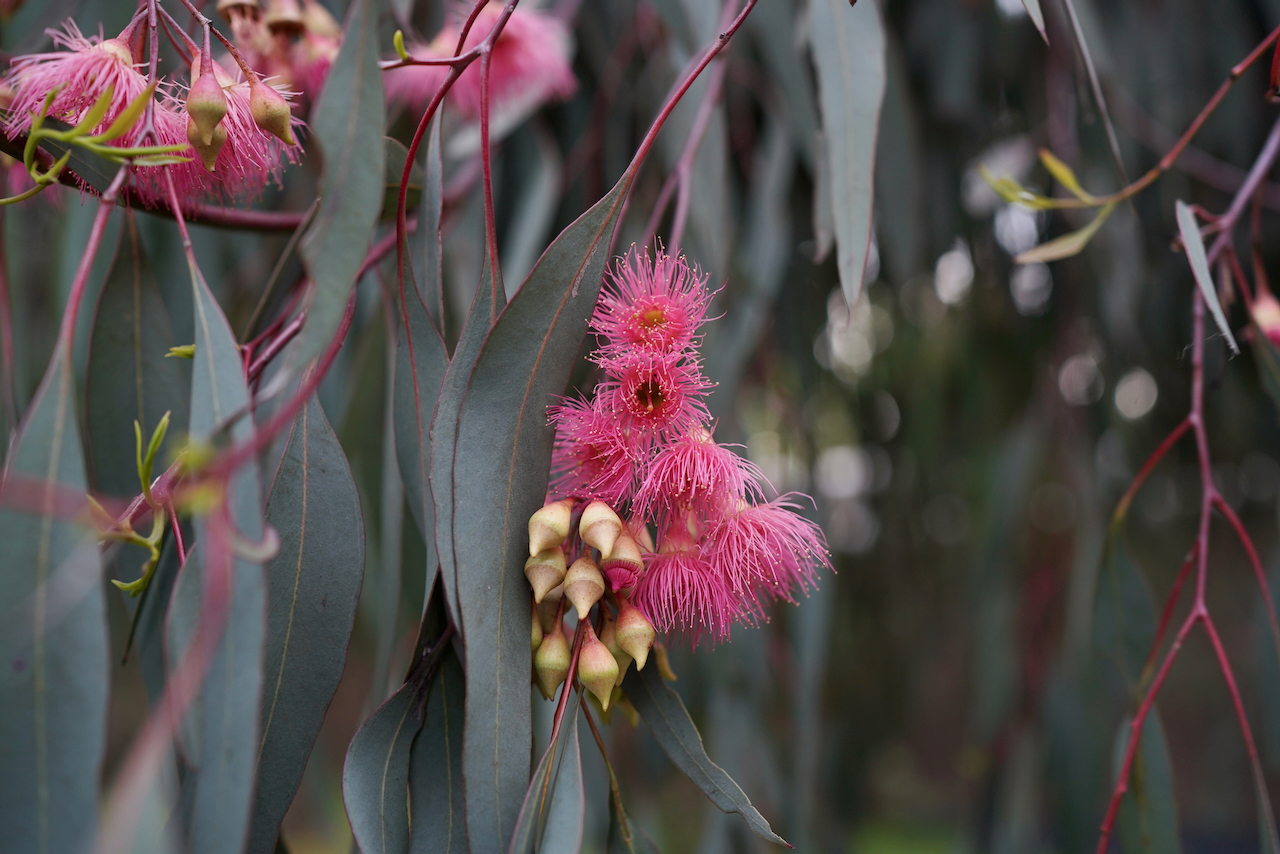
‘Red Iron Bark’ – Eucalyptus sideroxylon Rosea
I live in Iron Bark territory, on a clay soil, near the coast, the local Iron Barks stand up to the strong coastal winds and often boggy soil. One introduced Iron bark that does very well in my area is Eucalyptus sideroxylon Rosea, this is a stunning medium sized tree, that I gladly recommend for…
-
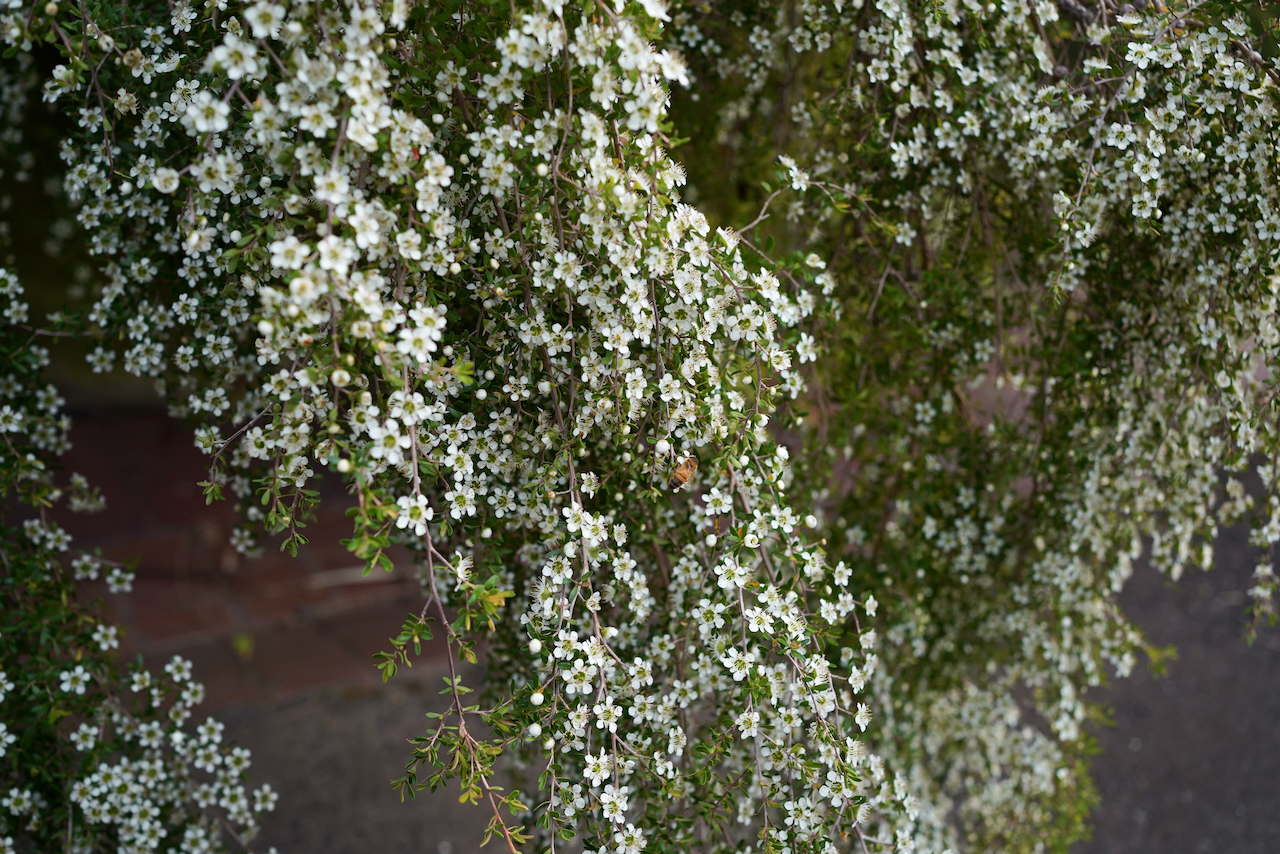
Spillover for the pollinators: Leptospermum ‘vertical drop’
Most of us know how wonderful Tea trees are for our pollinators and honey bees, and Leptospermum polygalifolium is up there with some of the most floriferous. This gorgeous low growing and cascading form is Leptospermum polygalifolium ssp. cismontanum ‘Vertical Drop’. This sub species naturally grows on the east coast of Australia in sandy and…
-

don’t be confused by Grevillea buxifolia
This is probably Grevillea buxifolia subsp. buxifolia which is not to be confused with Grevillea sphacelata, in the Grevillea bibles by Peter Olde and Neil Marriott sphacelata a “Related or confusing species”. This couldn’t be more apt, I spent some time going down a plant nerd rabbit hole on this. These photos were taken in…
-

The unique Viminaria juncea
There aren’t many plants which you could get this species confused with, especially when it is in full flower. Viminaria juncea is a stand out feature shrub or small tree which is quite common in our bushland but not so often seen in cultivation. Shrub to 5mts tall The yellow pea flowers located on long,…
-

vulnerable Epacris purpurascens
For me this species signifies everything incredible about our local sandstone sclerophyll forest. The extraordinary stems of Epacris purpurascens cover themselves in tiny pinky white flowers and reach for the sun. There is something about them which is delicate but also symbolises endurance, they are a pretty wildflower in our bushland environment which can be…
-
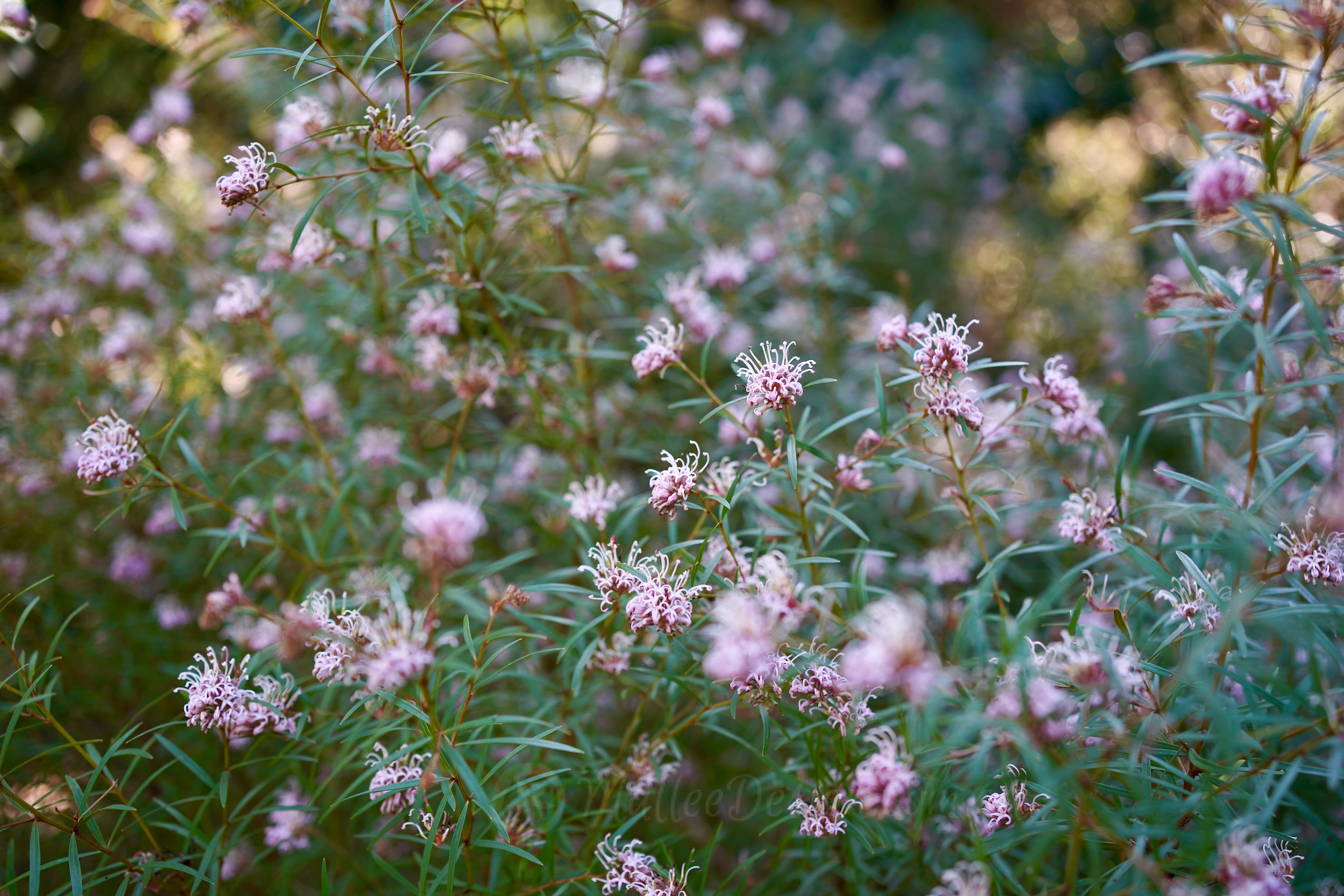
Bee Friendly Grevillea: Grevillea sericea
This is a local spider flower Grevillea which has huge ornamental potential and is a master at attracting native pollinator and honey bees to your garden. It is quite a common species on the east coast of NSW and can be found growing naturally from Toronto in the north to Heathcote in the South of…
Category: Bird attracting


